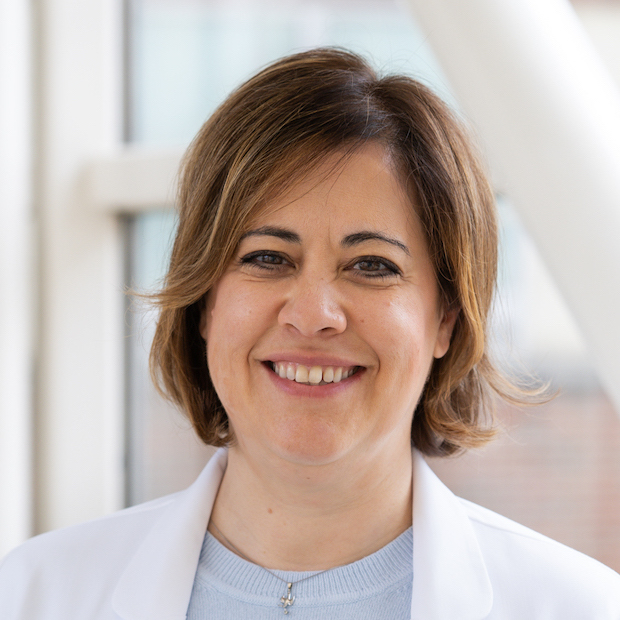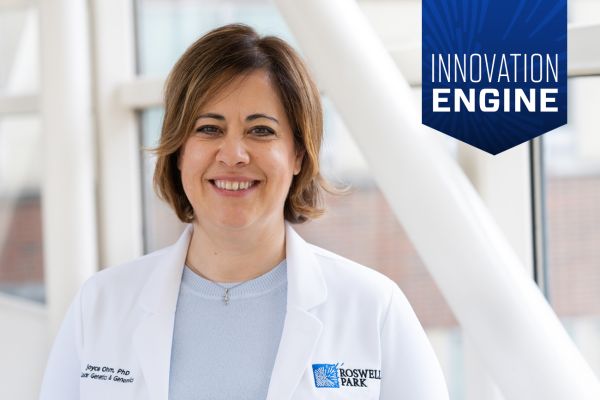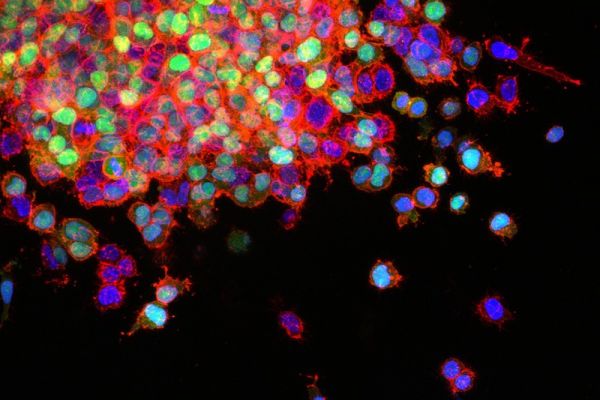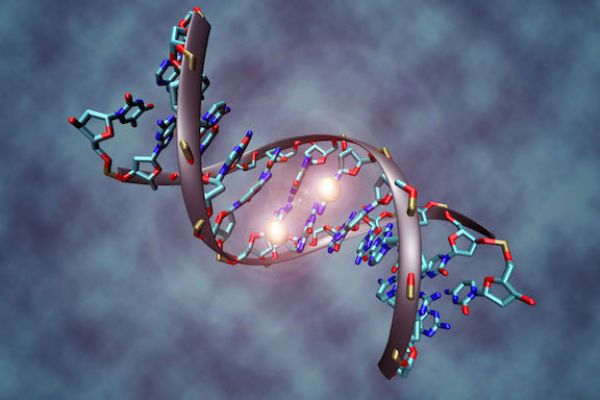Research Interests:
- Cancer epigenetics
- Environmental exposures and tumor initiation
- Translocation associated sarcomas
- Stem cell biology and cellular reprogramming
- Molecular signatures for lung cancer
Biography
After completing a Ph.D. in Cancer Biology with Dr. David Carbone at Vanderbilt University School of Medicine in 2003, I accepted a post-doctoral fellowship in the laboratory of Dr. Stephen Baylin at the Johns Hopkins School of Medicine studying abnormal epigenetic gene silencing of tumor suppressor genes in cancer. Dr. Baylin is a pioneer in the field of epigenetics and this was a tremendous opportunity for me to initiate a series of projects which link aberrant epigenetic programs with the normal epigenetic remodeling that is essential in order for a stem/progenitor cell to properly differentiate.
I then established my independent laboratory at the University of North Dakota School of Medicine and Health Sciences and helped to build an NIH funded Center of Biomedical Research Excellence focused on studying the epigenomics of development and disease.
My overall training has helped to lay a strong foundation in epigenetics, as well as genome-wide expression, methylation, and chromatin analysis platforms.
Positions
Roswell Park Comprehensive Cancer Center
- Professor of Oncology
- Chair – Department of Cancer Genetics and Genomics
- John & Santa Palisano Endowed Chair of Cancer Genetics
Background
Education and Training
- 2003 - PhD - Cancer Biology - Vanderbilt University, Nashville, TN
Fellowship
- 2009 - Post-doctoral fellowship - Oncology - The Johns Hopkins University, Baltimore, MD
Research Overview
My laboratory is actively investigating how both genetic and environmental determinants may reprogram the epigenome and contribute to tumor initiation and progression. I currently have an NIH RO1 grant focused on epigenomic remodeling in stem cells and differentiated neural cells following exposures to environmental toxicant exposure as well as an ongoing program looking at epigenetic reprogramming in translocation associated soft-tissue sarcomas.
My research lab regularly performs –omics level molecular analysis of normal, pre-malignant, and malignant cell populations including RNA-sequencing, ChIP-sequencing, and global methylation analysis, all of which are key elements of my ongoing research. Our long term goals are to identify novel therapeutic strategies for the treatment of aggressive human cancers based on their molecular profiling.
View the Ohm LabFeatured on CancerTalk
Showing all3 of 8 CollapseView all
Publications
- Amann J, Kalyankrishna S, Massion PP, Ohm JE, Girard L, Shigematsu H, Peyton M, Juroske D, Huang Y, Stuart Salmon J, Kim YH, Pollack JR, Yanagisawa K, Gazdar A, Minna JD, Kurie JM, Carbone DP. Aberrant epidermal growth factor receptor signaling and enhanced sensitivity to EGFR inhibitors in lung cancer. Cancer Res. 2005 Jan 1;65(1):226-35.
- Baylin SB, Ohm JE. Epigenetic gene silencing in cancer - a mechanism for early oncogenic pathway addiction? Nat Rev Cancer. 2006 Feb;6(2):107-16
- Ohm JE, McGarvey KM, Yu X, Cheng L, Schuebel KE, Cope L, Mohammad HP, Chen W, Daniel VC, Yu W, Berman DM, Jenuwein T, Pruitt K, Sharkis SJ, Watkins DN, Herman JG, Baylin SB. A stem cell-like chromatin pattern may predispose tumor suppressor genes to DNA hypermethylation and heritable silencing. Nat Genet. 2007 Feb;39(2):237-42.
- Ohm JE, Mali P, Van Neste L, Berman DM, Liang L, Pandiyan K, Briggs KJ, Zhang W, Argani P, Simons B, Yu W, Matsui W, Van Criekinge W, Rassool FV, Zambidis E, Schuebel KE, Cope L, Yen J, Mohammad HP, Cheng L, Baylin SB. Cancer-related epigenome changes associated with reprogramming to induced pluripotent stem cells. Cancer Res. 2010 Oct 1;70(19):7662-73.
- Raza S, Ohm JE, Dhasarathy A, Schommer J, Roche C, Hammer K, Ghribi O. The cholesterol metabolite 27-hydroxycholesterol regulates p53 activity and increases cell proliferation via MDM2 in breast cancer cells. Mol Cell Biochem. 2015 Dec;410(1-2):187-95.








